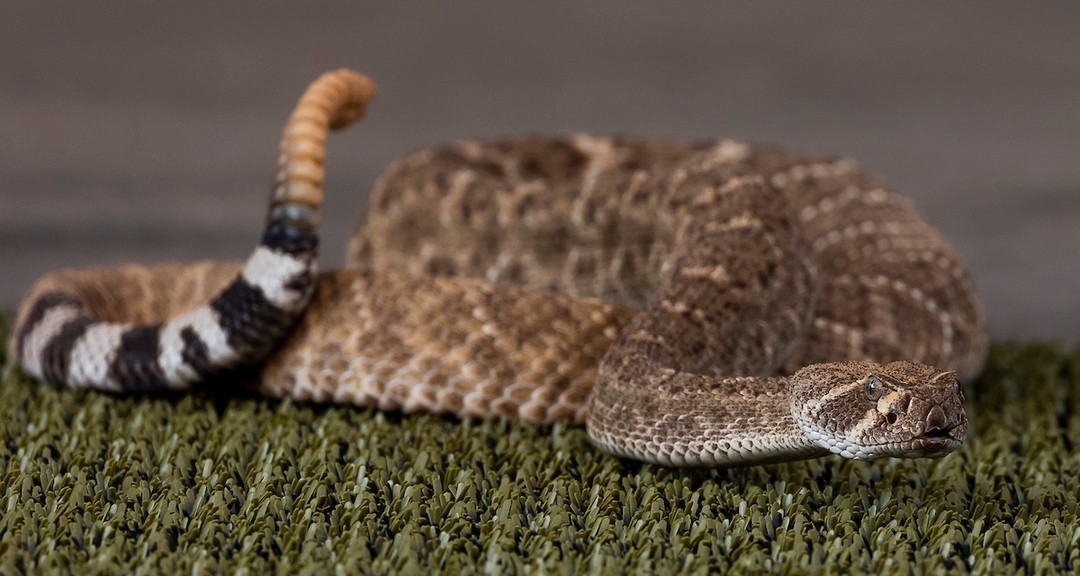Summary:
– Episode 2 of Zoo Connections: A Phoenix Zoo Podcast is now available on Spotify.
– The episode explores the fascinating world of rattlesnakes.
– Topics covered include the difference between poisonous and venomous, the diversity of rattlesnakes in Arizona, their unique adaptations, and the importance of conservation efforts.
– Listeners are encouraged to listen, rate, and subscribe to the podcast for more exciting episodes.
Welcome back, fellow animal enthusiasts, to another intriguing episode of Zoo Connections: A Phoenix Zoo Podcast! In this all-new episode, titled “Sssss-pilling the Tea on Rattlesnakes,” we dive into the captivating world of these slithering reptiles that can both captivate and instill fear in us. So grab your headphones, head over to Spotify, and search for Zoo Connections to tune in immediately! 🐍
Have you ever wondered whether rattlesnakes are poisonous or venomous? In this episode, we will address this burning question and many more! Let’s start by clearing up a common misconception – rattlesnakes are actually venomous, not poisonous. The difference lies in their method of delivery. Venomous creatures inject their toxins, while poisonous ones, such as certain plants, are only toxic when ingested or touched.
Now, let’s venture into the wild desert landscapes of Arizona, where an incredible variety of rattlesnake species call home. Did you know that Arizona is home to more species of rattlesnakes than any other state in the US? That’s right! The desert terrain provides the perfect habitat for these fascinating creatures to thrive.
Speaking of diversity, the rattlesnake species found in Arizona showcase a remarkable range of adaptations. From the iconic Western Diamondback with its distinctive diamond-shaped patterns, to the mesmerizing Mojave Rattlesnake, known for its potent venom, each species has unique attributes that allow them to survive and prosper in their respective environments.
Let’s look at the rattlesnake’s venom to further understand these incredible adaptations. Unlike other evil creatures that rely solely on their venom to subdue prey, rattlesnakes have developed an elaborate system within their rattlesnake venom. This venom acts not only to paralyze or kill their prey but also to aid in digestion. It contains enzymes that break down the prey’s tissues, making it easier to consume. Isn’t nature fascinating?
While rattlesnakes are often portrayed as fearsome and dangerous, it is crucial to recognize their importance in maintaining ecological balance. As predators, they play a significant role in controlling rodent populations, helping prevent diseases and maintaining the delicate equilibrium of their habitats.
Rattlesnake populations face numerous threats, including habitat loss, poaching, and road mortality. This is where conservation efforts come into play. Through education, research, and habitat preservation initiatives, organizations like the Phoenix Zoo are actively working to protect and conserve rattlesnakes and their habitats.
By tuning in to this episode of Zoo Connections, you are gaining insight into the world of rattlesnakes and supporting important conservation efforts. So don’t forget to listen, rate, and subscribe to the podcast on Spotify. Together, we can make a difference and ensure the future of these incredible creatures.
In conclusion, join us on this exciting journey as we unravel the mysteries of rattlesnakes, explore their adaptations, and learn how we can contribute to their conservation. Remember, knowledge is power, and by sharing our newfound understanding, we can inspire others to appreciate and protect the amazing wildlife surrounding us. Stay tuned for more captivating episodes of Zoo Connections, where we will continue to explore the wonders of nature and the fascinating animals that inhabit our planet.
*****
Source Description
Ssssss-lithering in with an ALL-NEW episode of Zoo Connections: A Phoenix Zoo Podcast!
Episode 2, “Sssss-pilling the Tea on Rattlesnakes,” is streaming now on Spotify. Just search for Zoo Connections. 🐍
Are rattlesnakes poisonous or venomous? How many are found in Arizona? And more! To find answers to all these burning questions, listen, rate and subscribe TODAY!


